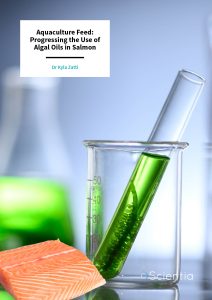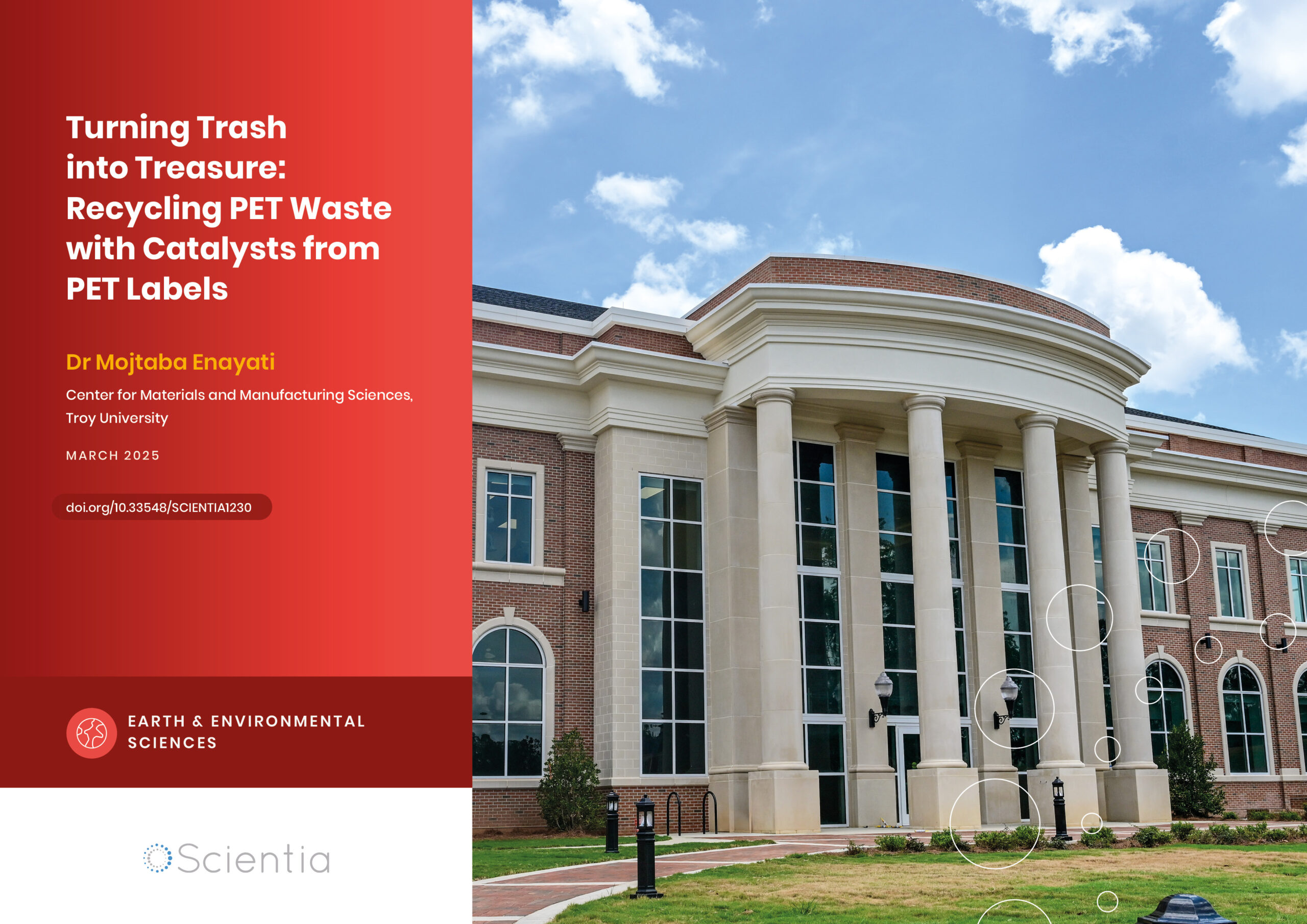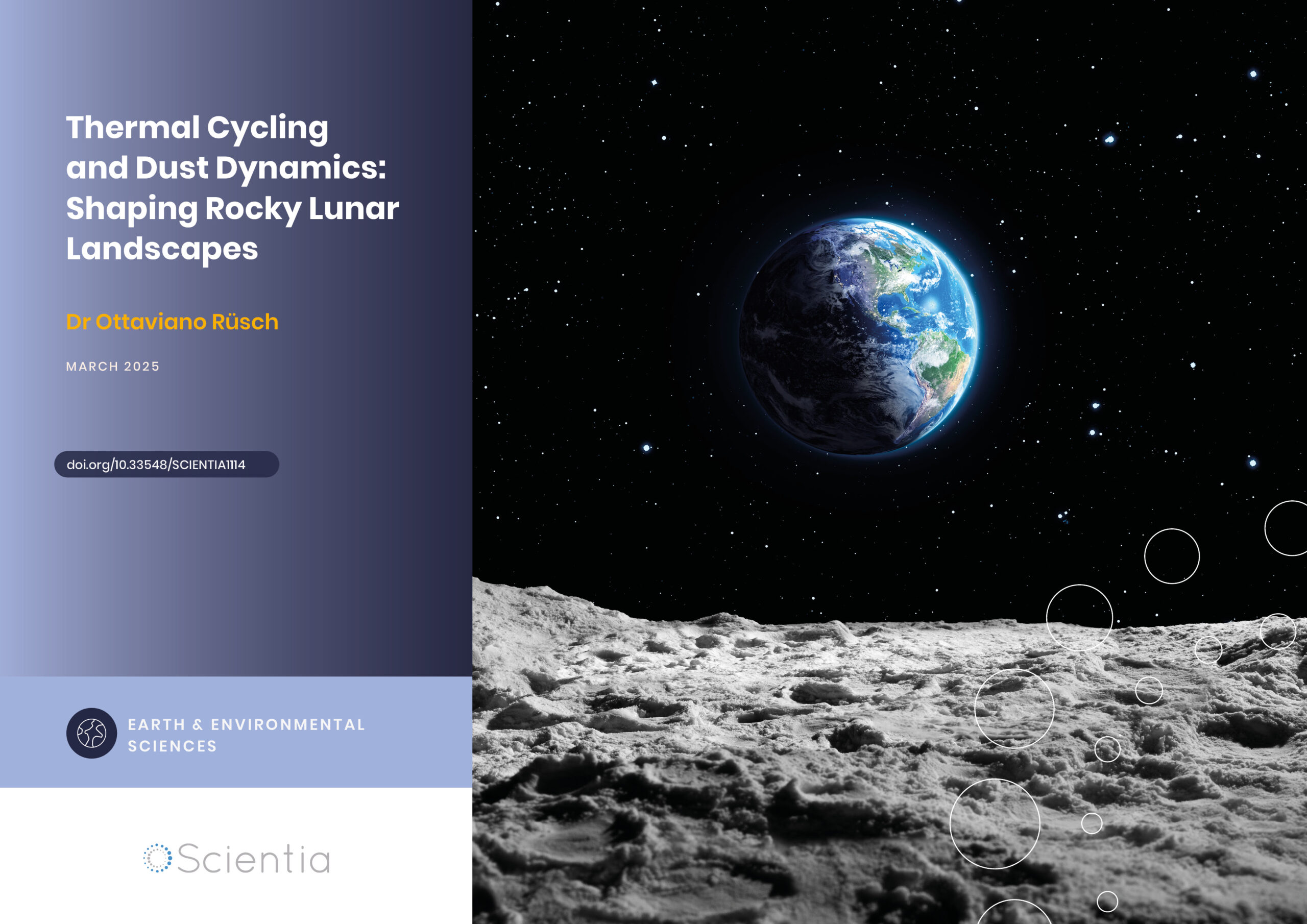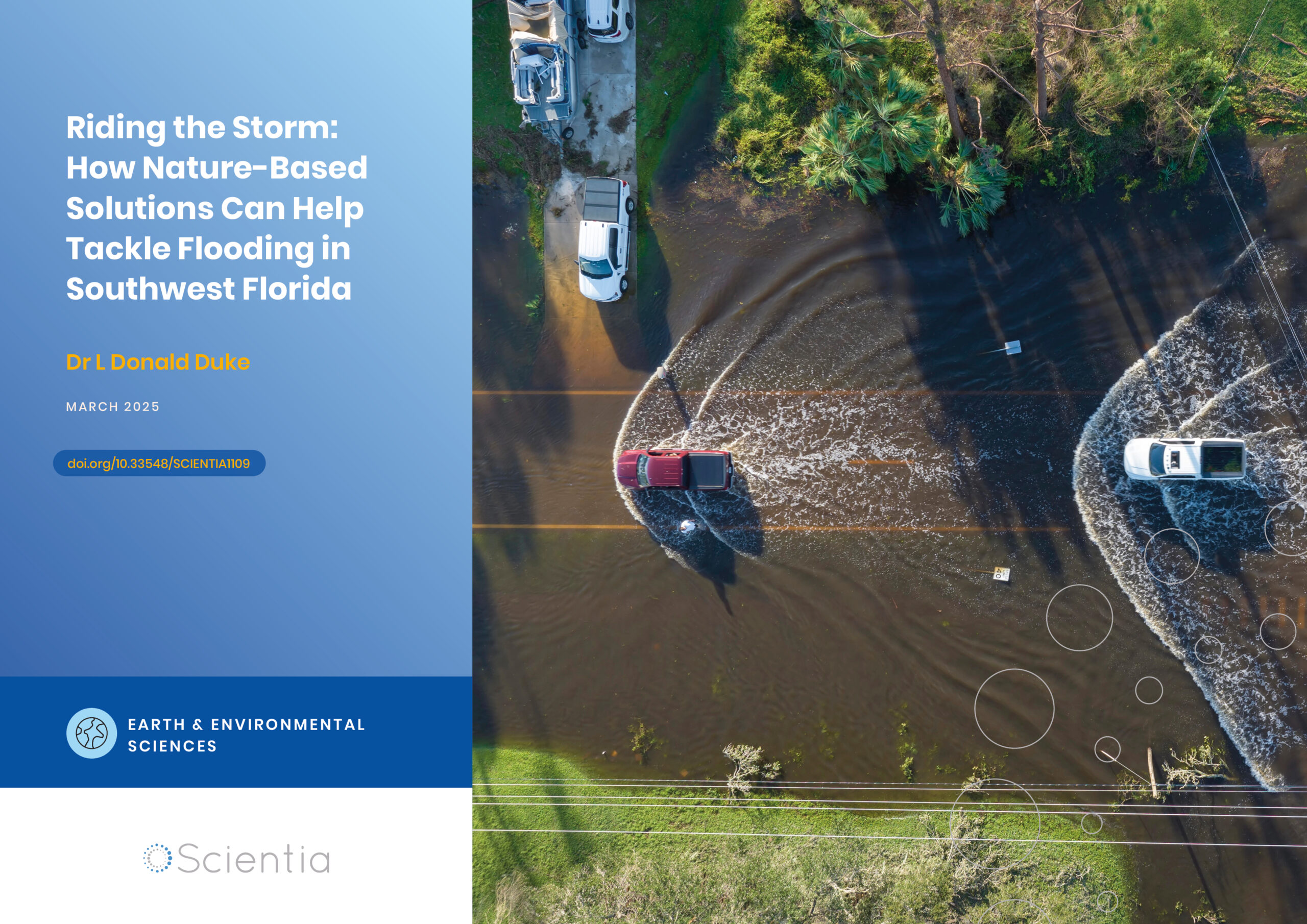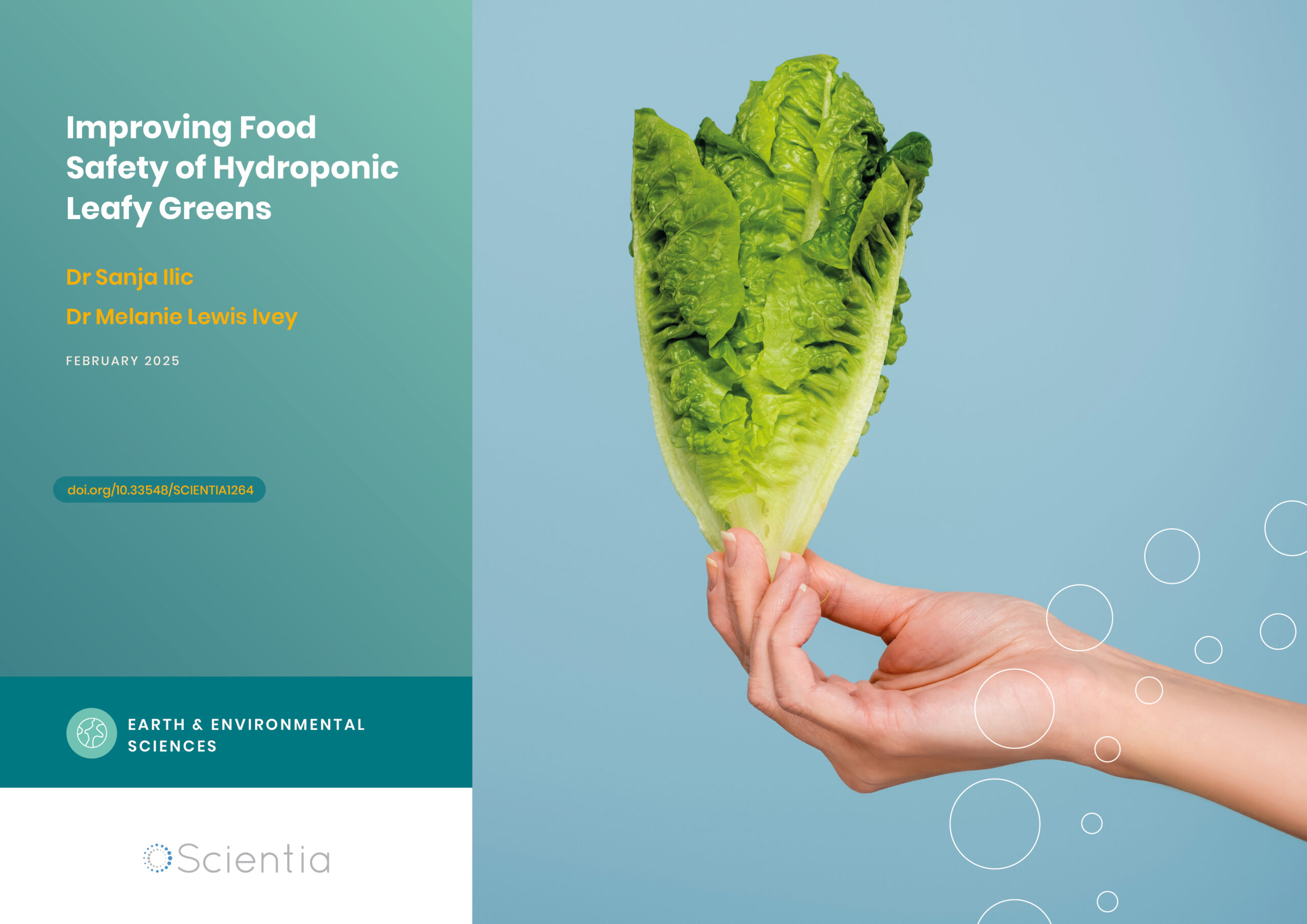Dr Kyla Zatti | Aquaculture Feed: Progressing the Use of Algal Oils in Salmon
Salmon and other seafood represent a large and important food source. Traditionally, salmon diets consisted mainly of fish, although over the last decade, they have become more vegetable based. However, salmon require essential lipids, which are hard to find except in fish oil. Dr Kyla Zatti and a group of scientists at BioMar have been working to effectively bypass fish oil in their aquafeed by going to the original source of the lipids while maintaining the welfare, growth, and quality of the fish produced.
Challenges in Commercially Farming Fish
The ocean covers two-thirds of our planet’s surface and, if managed correctly, represents a huge potential for a nutrient-rich food source for our growing global population. As wild fish stocks are increasingly threatened by the world’s rapidly changing economic, political, and environmental conditions as well as overfishing, the production of farmed seafood is a valuable alternative.
A particular limitation to the commercial production of farmed seafood is that they are not safeguarded from changing oceanic conditions due to the use of fish oil from wild-caught fish as an ingredient in the feed. The problem with using wild-caught fish oil is twofold. First, this is a limited resource and should be used prudently. The second issue is that as we understand more about how marine contaminants build up through food chains, health organisations are reducing how marine contaminants build up through food chains, and health organisations are reducing the contaminants allowed in fish destined for consumption. Pollution in the water can make its way into wild fish populations used for oil production. When this oil is used in aquaculture feed, the contaminants are transferred to the seafood, from which the contaminants are transferred to people consuming them.
Developing a Viable Solution
To reduce the use of fish oil as a feed ingredient, BioMar has been leading the work on a more sustainable replacement that decreases the inclusion of marine contaminants present in the oceans. Using an algal-derived oil (taken directly from algae), BioMar produces a more sustainable aquafeed that promotes the development of omega-3 fatty acids, growth, fish health, and product quality.
BioMar reports that their use of fish oil in aquafeed has reduced in recent years. Several factors have contributed to this, including tightening regulations on marine contaminants and increased scarcity of fish oil, which also relates to cost. However, fish oil has high natural levels of omega-3-rich fatty acids, specifically, eicosapentaenoic acid (EPA) and docosahexaenoic acid (DHA), which promote fish health and performance. This means farmers using feeds enriched with fish oil produce fish with higher natural levels of omega-3 fatty acids.
Therefore, any potential replacement for fish oil in aquafeed needs to provide just as many benefits to be worth including in the feed. BioMar’s solution, through the work of Dr Kyla Zatti and the research team, is to use algal oil as a replacement for the fish oil, as these should provide the same benefits of the EPA and DHA present in fish oil necessary for healthy fish whilst also being more sustainable and providing increased food safety for human consumption.
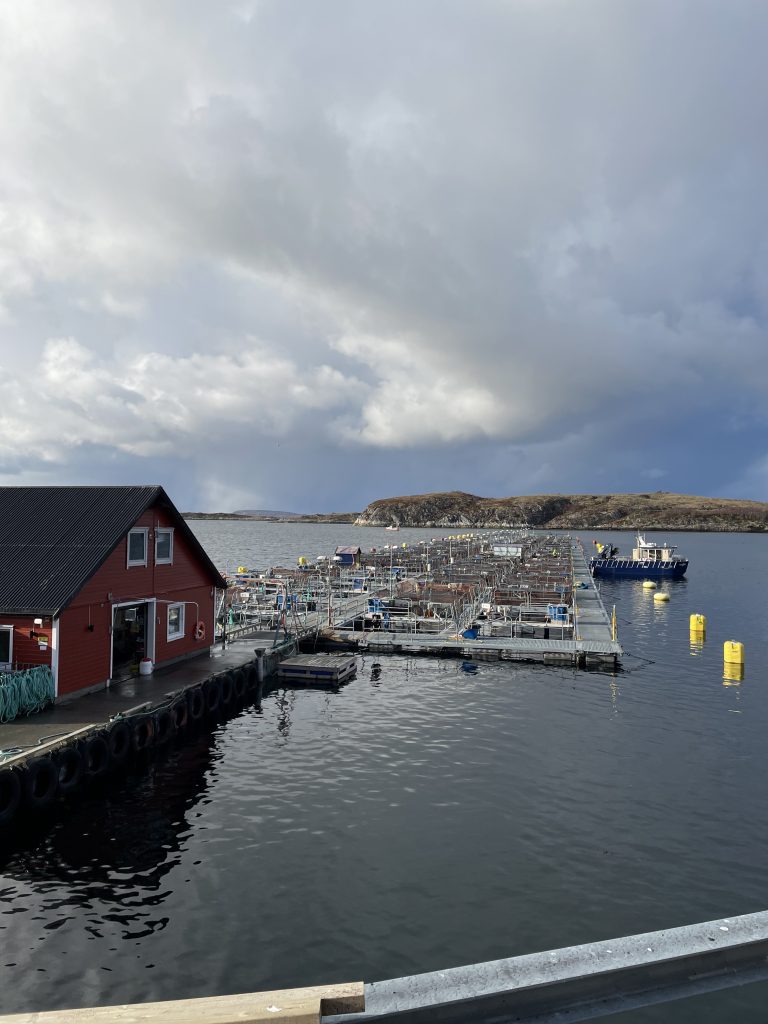
Investigating Algal Oil as an Alternative
To test the effects of different balances of fish oil and algal oil in enriching the feed of farmed salmon, 1,020 salmon were evenly distributed amongst 12 sea cages at the LetSea Aquaculture Research Station in Dønna, Norway. The health of the salmon was monitored throughout the year, as were the temperature, oxygen levels, and salinity (saltiness) of the water.
Before the trial began, the oil sources and ten fish from the fish stock were sampled to determine the baseline levels of fatty acids and contaminants already present. Four different feeds were formulated to see their effect on the salmon, where the first was a control feed made with fish oil and rapeseed oil, the second contained a 50% mix of algal and fish oils, the third was a 100% algal oil mixed with rapeseed oil, and the fourth was a 100% algal mixed with linseed oil instead of rapeseed. Each diet was designed to contain the same balance of proteins, fat, EPA and DHA, and other micronutrients.
Feeds were randomly assigned in triplicates to twelve sea cages, and the salmon monitored for over one year from approximately 500 g to 4 kgs in weight. No differences in the health and welfare of the salmon were found between the different feeds, and the final size of the fish was fairly consistent over the twelve pens. The survival rate throughout the duration of the feeding period across the different feeds was 94%. She suggests that increasing the DHA levels in the feed could have beneficial effects on salmon health and further decrease the mortality rate. As an added benefit, the salmon preferred eating the algal feed over the purely fish oil feeds.
At the end of the trial, the effects of the different feeds on fish fatty acid levels, contaminant levels, and fillet quality were investigated. When the contaminant levels were compared in fish fed with algal oil against fish oil mixes, she found that fish provided algal feedstock had significantly lower contaminant levels than those receiving feeds with fish oil. Additionally, the switch from fish-based to algal oils maintained the overall levels of beneficial fatty acids in the fish. The difference in the two vegetable oils changed the balance of fatty acids in the fish, as expected, but didn’t affect overall fish health or performance.
The quality of the fillets was also not impacted by the change in the feed. Previous research suggested that using vegetable oils low in EPA and DHA could lead to some discolouration in the salmon flesh, but found no evidence of this in Dr Zatti’s samples. This suggests that while contaminant levels could be reduced by using certain fish oils, this could increase demand for an already limited resource.
The research performed by Dr Zatti and the research team at BioMar, together with the strategic collaboration with Corbion, has shown that the complete replacement of fish oils with algal oils in aquafeed is highly promising. Using algal oils benefits both sustainability and food safety whilst not impacting the health of the fish or the quality of the final product. As algal oils are already commercialised and ready for use, it seems the time is right for an algal revolution in aquaculture farming techniques.
SHARE
DOWNLOAD E-BOOK
REFERENCE
https://doi.org/10.33548/SCIENTIA937
MEET THE RESEARCHER
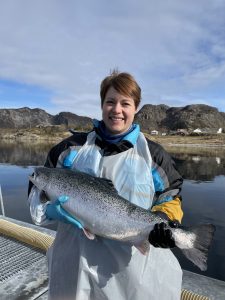
Dr Kyla Zatti
Research and Development scientist
BioMar
Dr Kyla Zatti is a sustainable marine nutrition specialist in the R&D department of BioMar based in Norway. She gained her PhD in 2013 in Animal Science from the University of Saskatchewan, with her thesis ‘Strategies to increase highly-unsaturated n-3 fatty acids in rainbow trout fed vegetable oils’. Following this, Dr Zatti has undertaken significant roles in academia and industry. Her research interests and expertise are dedicated to studying aquaculture feed to improve fish health and fillet quality. She is currently driving advances in the replacement of fish oils used in aquaculture feeds with sustainable algal-based oils. In addition to publishing key papers on her research, Dr Zatti has presented her work at aquaculture and nutrition conferences worldwide.
CONTACT
E: kylza@biomar.com
W: https://www.biomar.com/
KEY COLLABORATORS
Dr Zatti would like to thank her fellow colleagues Monica Juarez Ceballos, Victoria Valdenegro Vega, and Vegard Denstadli from BioMar for their support and input throughout the duration of the research and in writing the article discussed here. Further thanks are extended to Corbion for their long-term collaboration with BioMar and the staff at LetSea, who conducted the trial and helped with all the samplings.
FURTHER READING
KM Zatti, MJ Ceballos, VV Vega, V Denstadli, Full replacement of fish oil with algae oil in farmed Atlantic salmon (Salmo salar) – Debottlenecking omega 3, 2023, Aquaculture, 574, 739653. DOI: https://doi.org/10.1016/j.aquaculture.2023.739653
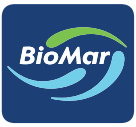
REPUBLISH OUR ARTICLES
We encourage all formats of sharing and republishing of our articles. Whether you want to host on your website, publication or blog, we welcome this. Find out more
Creative Commons Licence (CC BY 4.0)
This work is licensed under a Creative Commons Attribution 4.0 International License. 
What does this mean?
Share: You can copy and redistribute the material in any medium or format
Adapt: You can change, and build upon the material for any purpose, even commercially.
Credit: You must give appropriate credit, provide a link to the license, and indicate if changes were made.
SUBSCRIBE NOW
Follow Us
MORE ARTICLES YOU MAY LIKE
Dr Mojtaba Enayati | Turning Trash into Treasure: Recycling PET Waste with Catalysts from PET Labels
Plastic pollution has become a critical environmental problem, with polyethylene terephthalate (PET) plastic widely used in food and beverage packaging being a major contributor. Dr Mojtaba Enayati from Troy University’s Center for Materials and Manufacturing Sciences (CMMS) is leading innovative research aimed at utilising the labels from PET water bottles as an environmentally friendly and cost-effective catalyst for chemically recycling PET waste into valuable monomers and other value-added materials. This innovative work provides an elegant solution for recycling PET by sourcing key components from the PET bottles themselves.
Dr Ottaviano Rüsch | Thermal Cycling and Dust Dynamics: Shaping Rocky Lunar Landscapes
The Moon’s airless surface is constantly bombarded by micrometeoroids, cosmic rays, and extreme temperature swings. These harsh conditions gradually break down rocks and create the fine-grained lunar soil known as regolith. Dr Markus Patzek and Dr Ottaviano Rüsch at the University of Münster are leading a team of researchers (known as the Precious Space Team) who are uncovering new details about how different types of lunar rocks respond to thermal stress and how dust behaves on boulder surfaces. Their work sheds light on the complex processes that shape airless planetary bodies over time.
Dr L Donald Duke | Riding the Storm: How Nature-Based Solutions Can Help Tackle Flooding in Southwest Florida
Florida grapples with mounting challenges related to inland flooding due to heavy precipitation, along with coastal flooding from rising sea levels and coastal storms. One important approach to address precipitation-originating flooding is to embrace land use practices runoff management in the upstream portions of at-risk watersheds, where sustainable design can relieve the pressures on drainage systems from continuing dense urban development in the low-lying Florida landscape. Dr L Donald Duke, from The Water School at Florida Gulf Coast University, plays a pivotal role in this endeavour. His work encompasses creating and evaluating flood-resilient land use practices and planning to manage stormwater runoff on the watershed scale.
Improving Food Safety of Hydroponic Leafy Greens
Hydroponic farming is experiencing rapid growth worldwide, offering a sustainable and efficient method of producing fresh, nutrient-rich crops. However, the unique conditions of hydroponic systems also present complex food safety challenges. Dr Sanja Ilic and Dr Melanie Lewis Ivey, researchers at The Ohio State University, are at the forefront of efforts to understand and mitigate the risks of human pathogen contamination in commercial hydroponic production. Their pioneering work is providing crucial insights and practical guidance to help ensure the safety and nutritional value of hydroponically grown leafy greens.

